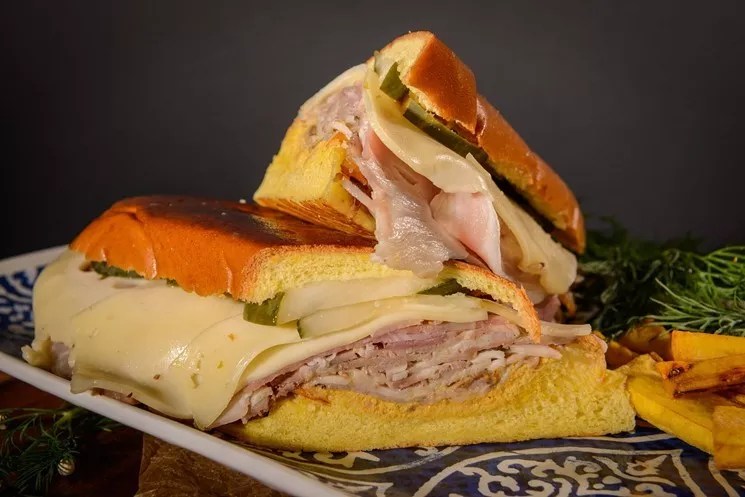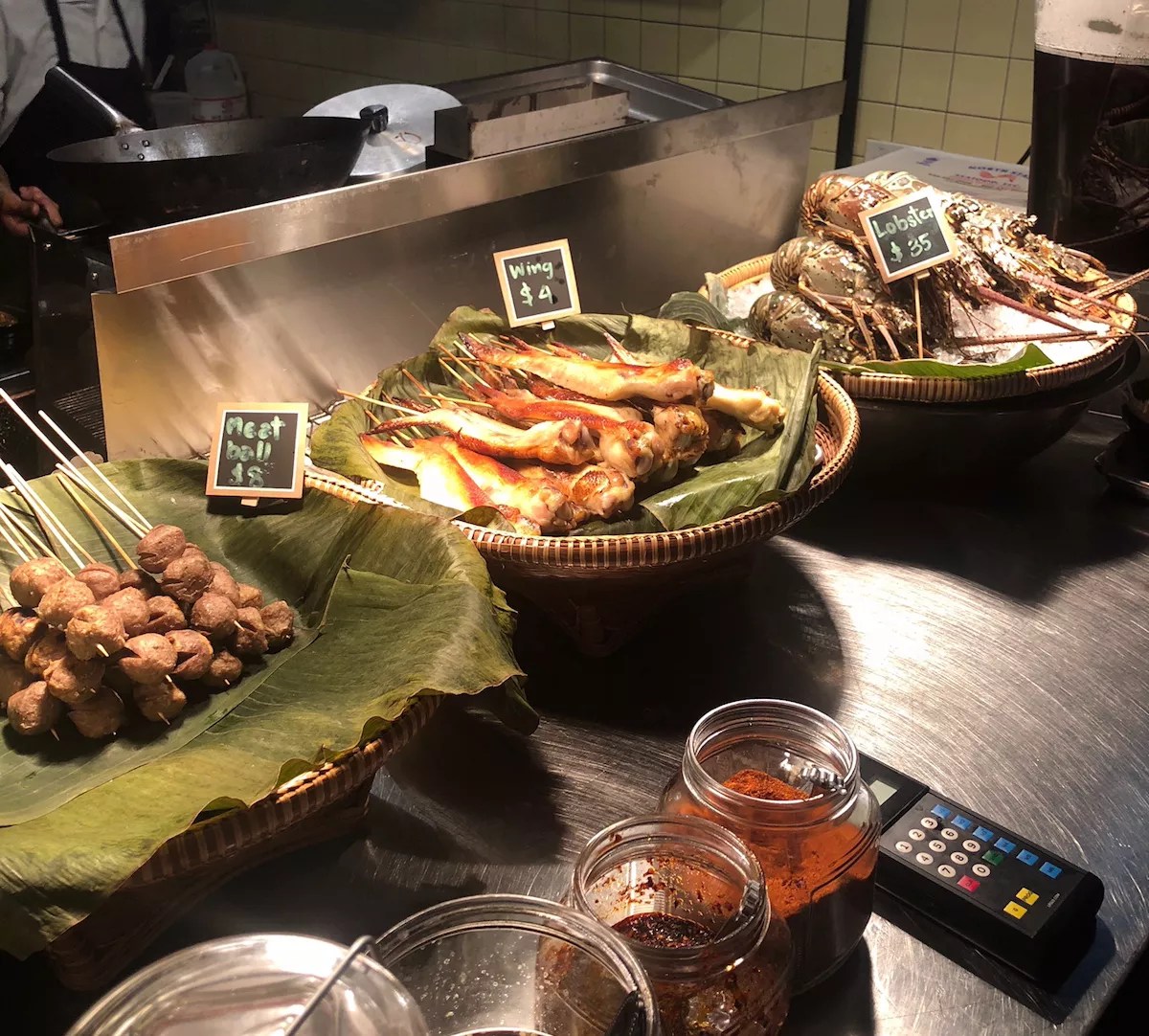
Photo courtesy of Nav

Audio By Carbonatix
Each year brings new food trends, and the Magic City has made leaps and bounds in its food scene.
As a new decade swiftly approaches, New Times‘ food writers were tasked with looking forward. Though the year will soon be 2020, we can never have perfect 20/20 clarity as to what the future holds for any of us, but we can surely hope.
Without gazing into a crystal ball, here are our predictions and wishes for Miami’s culinary scene in the coming year.

Giovanni Fesser, Miami’s Pastelito Papi, holds a tray of his creations.
Courtesy of Burger Beast
This year, make your gift count –
Invest in local news that matters.
Our work is funded by readers like you who make voluntary gifts because they value our work and want to see it continue. Make a contribution today to help us reach our $30,000 goal!
More, and Expanded, Chef Collaborations
What seems like a marketing tactic is actually an important indicator of how the city’s culinary scene is growing. Every month, chefs and cooks from various restaurants gather for one-night dinners that allow them to flex their creativity. More – and more inclusive – events that bring in more women, as well as restaurants of different price points, cooking styles, and geography, would be inspiring and exciting because many of these events center on elite chefs in the wealthier parts of town. – Zachary Fagenson Sangwich de Miami
Restaurants That Average Miamians Can Afford
Miami is a city fueled by fantasy. When visitors come here, they’re fed a constant stream of neon-colored nights filled with nonstop parties and beautiful people. The truth, however, is that most Miamians work real jobs. We’re nurses, bartenders, mechanics, and teachers who want to go out and eat a decent meal for well under $100. Of course rents are high in the Magic City, and a restaurateur passes the costs to the consumer. But other cities still somehow do the impossible: serve high-quality food at reasonable prices. In Chicago, for example, a recent brunch for two at Stephanie Izard’s Little Goat cost around $30 before tax and tip. If other world-class cities can do it, so can Miami. A host of restaurants in the Magic City are making great food at affordable prices. Take, for example, Sanguich de Miami’s Cuban – a perfect sandwich for $11 – or Bon Gout BBQ’s stick-to-your-ribs chicken dinner for $12. These are well-made, delicious meals at a price point locals can afford. – Laine Doss Courtesy of Taiyaki
Less Focus on Instagram, More on Flavor
When aliens look back on the ancient civilization of mankind in the 2000s, they will focus on the demise of humankind: Instagram. Seriously, though, a wish for Miami restaurants is to concentrate more on food and less on a photo-ready experience. So many restaurants are popping up with neon walls, perfect for influencers to pose in front of, or producing “Insta” foods that are whimsical or enormous. Though there’s always room for photogenic food (Takyaki, keep making those unicorn ice-cream cones), flavor should always come first. – Clarissa Buch

Phuket “Cake” Thongsodchaveondee ‘s Thai street food.
Photo courtesy Cake Thai
A Celebration of Cultures
Miami-Dade is a wonderful melting pot of cultures, yet its culinary scene sometimes falls short of its neighbor to the north. Broward County is rich in small, intimate restaurants offering everything from Chinese to Jamaican to Armenian food at fair prices. Miami has its fair share of wonderful, authentic eateries, such as Awash Ethiopian, Bombay Darbar, and Cake Thai, but there’s always room for fragrant dishes that tell the tale of homelands far away. – Juliana Accioly Photo by Daniel Krieger
The Proliferation of Better Food Trends
Twenty nineteen was a year of food halls, and, frankly, almost all of them are falling short of expectations in one way or another. At the same time, it was a year of barbecue (Hometown Barbecue and Society Barbecue), of fresh pasta (Erba), and of smaller chef-driven restaurants (Nave). Such bodes well for diners and the overall image of dining in Miami, which has long been one of flash, high-priced drinks, and a rotating trend like doughnuts or cupcakes. Onward! – Zachary Fagenson